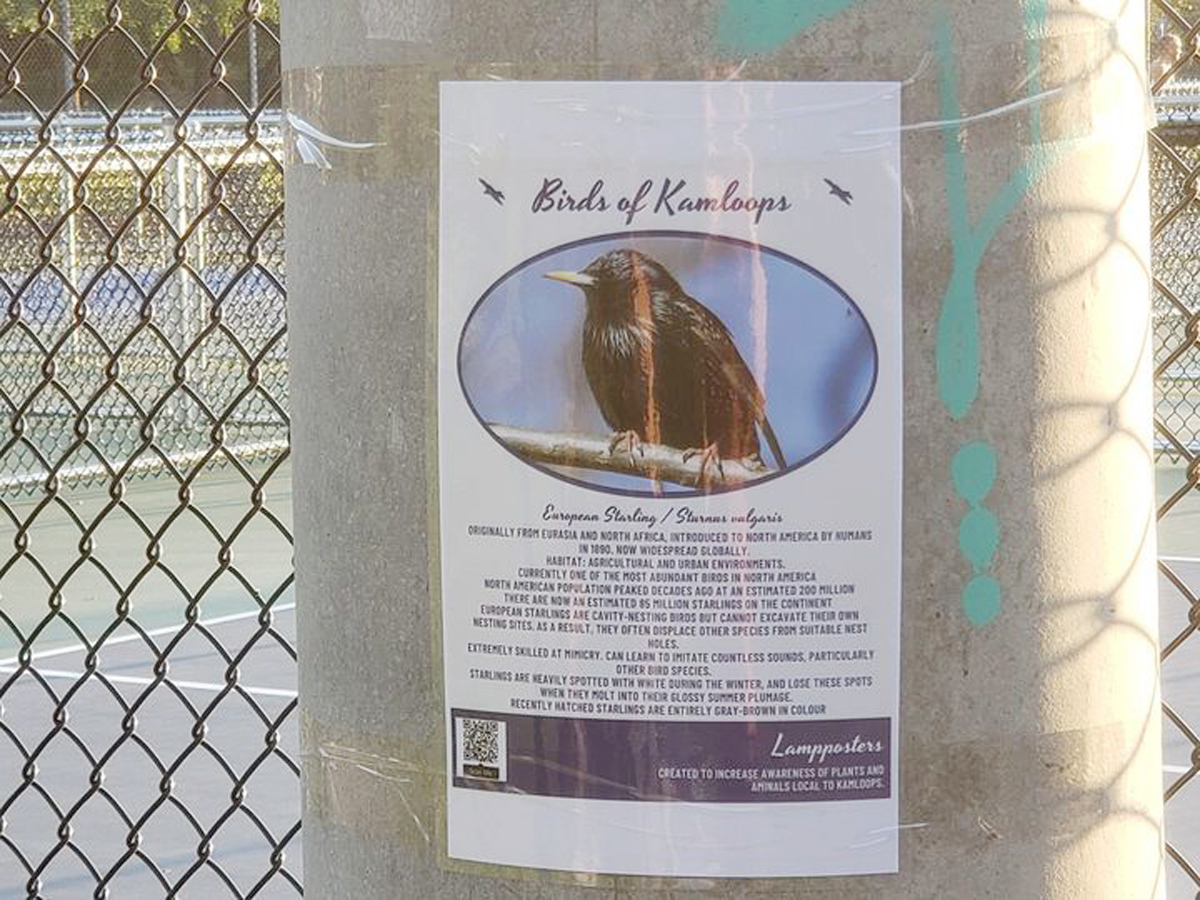Birds go south for the winter to warmer areas with more food sources and shelter. During the colder months, many species of birds travel vast distances to survive and thrive in milder climates.
Migration is a fascinating and essential aspect of bird life, showcasing incredible adaptations and survival skills. As temperatures drop and days shorten, it triggers changes in bird behavior and physiology, prompting them to prepare for the long journey ahead. Winter can be a challenging season for birds in harsh environments, but many species have evolved to cope with the harsh weather conditions and find suitable wintering grounds.
Understanding where birds go in the winter and why is crucial for conservation efforts and appreciating the natural world’s beauty and wonder.

Credit: www.kamloopsthisweek.com
Understanding Bird Migration
Bird migration is a natural phenomenon that occurs every year, and it is an integral part of the life cycle of birds. When the winter season sets in, birds migrate to different parts of the world where they can find favourable conditions to survive.
Bird migration is a fascinating process that scientists have been studying for years, and there are several theories on how and why birds migrate.
Explanation Of Bird Migration Patterns
Birds migrate to survive, and there are several patterns of bird migration that we can observe. Some birds migrate short distances, while others travel thousands of miles. Here are the different types of bird migration patterns:
- Altitudinal migration: Birds move up and down mountains according to the seasons to find the right temperature and feeding conditions.
- Latitudinal migration: Birds move towards the poles in summer and towards the equator in winter.
- Partial migration: Some birds only partially migrate, with some members of the flock staying put while others migrate.
- Irregular migration: Some birds migrate at irregular times in response to changing weather patterns.
The Science Behind Bird Migration
Birds have a biological clock that helps them navigate their migration process. They use the position of the sun, stars, and the earth’s magnetic field to determine direction. Birds also have a keen sense of smell that helps them locate food and water sources during their journey.
Conservation biologists are currently researching the genetic and physiological mechanisms that facilitate bird migration.
Factors That Influence Bird Migration
Bird migration is influenced by several factors. Here are some examples:
- Food availability: Birds migrate to areas where food is plentiful.
- Temperature: Birds migrate to areas where they can survive comfortably.
- Breeding cycles: Some birds migrate to areas where they can breed and raise their young.
- Seasonal changes: Birds migrate to avoid harsh winter conditions.
- Predators: Birds migrate to avoid predators that might threaten their survival.
Bird migration is a fascinating natural phenomenon that occurs every year, and there are many factors that influence this process. Understanding bird migration is crucial for the conservation of bird species and their habitats.
Wintering Grounds For Birds
Overview Of Different Wintering Grounds For Birds
Birds are fascinating creatures that have adapted unique ways to survive winter’s harsh conditions. A significant number of birds migrate to warmer areas for the winter season. There are different types of wintering grounds for birds, each with varying climatic conditions, habitat, and food sources.
Common Wintering Grounds For North American Birds
North american birds migrate to various locations for wintering. Some of the most common wintering grounds include:
- Southern us states
- Mexico
- Central america
- Caribbean islands
These regions provide suitable climates and abundant food sources for north american birds. Many bird species form large flocks in these areas and stay together until it’s time to return home.
Exotic Wintering Grounds For Migratory Birds
Migratory birds from different parts of the world have exotic wintering grounds that offer unique challenges and opportunities. Some of the most exotic wintering grounds for migratory birds include:
- South america
- Africa
- Australia
- New zealand
These regions offer diverse habitats and food sources, making them ideal wintering grounds for migratory birds. Some bird species travel more than 10,000 miles to reach their wintering destinations, highlighting the importance of these areas in their life cycle.
Birds travel to different wintering grounds to survive winter’s harsh conditions. Understanding the different wintering options can provide bird enthusiasts with a better appreciation of these creatures’ resilience.
Conclusion
So, that’s the end of our journey exploring where birds go in the winter. We hope you’ve found this information helpful and interesting. As winter approaches, it’s important to remember that birds have many ways of surviving the harsh conditions.
Some migrate, some hibernate, and some tough it out in their territories. They all have unique strategies to cope with the cold weather, and understanding them can help us appreciate their resilience and beauty even more. As humans, we can also do our part to make winter easier for our feathered friends by providing food, water, and shelter.
Remember to feed birds with appropriate food in the cold season and don’t let their water sources freeze. Winter is a challenging time, but it’s also a time of wonder and surprising adaptations in nature, so get outside and explore!
